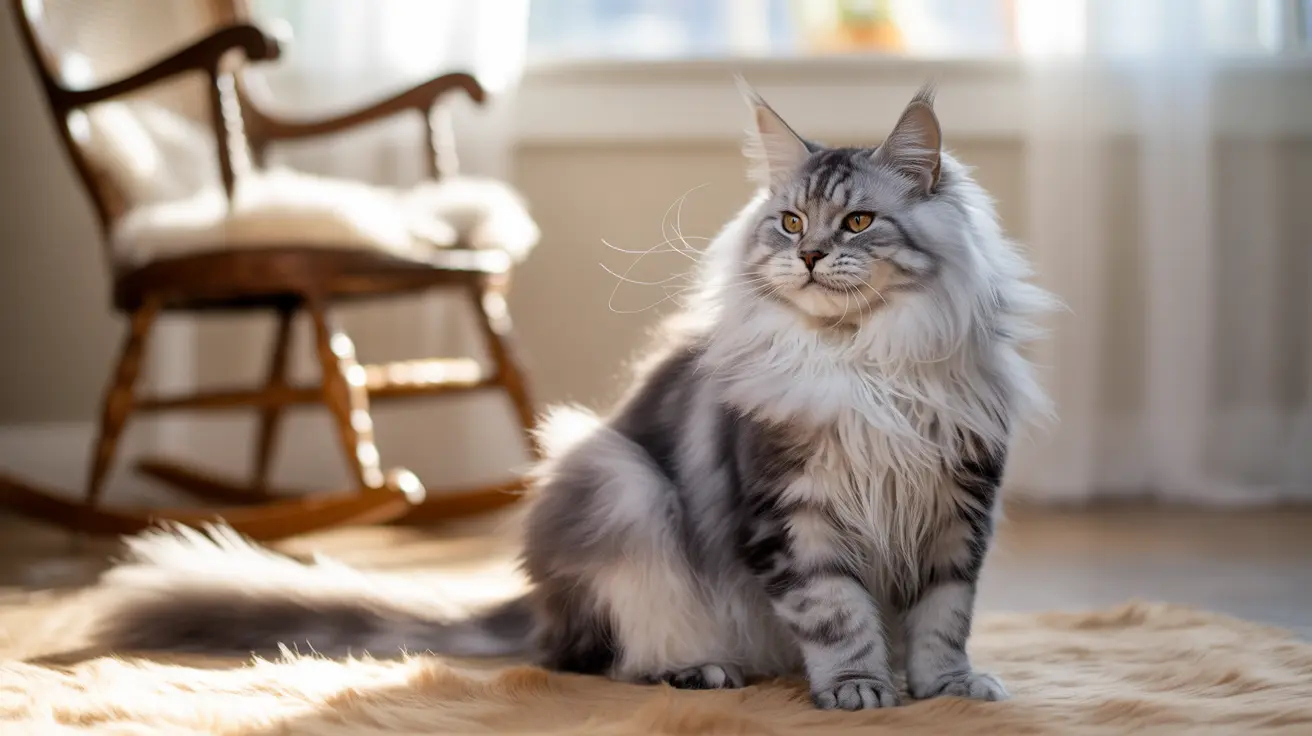Understanding the Rarest Poodle Color: Agouti
Poodles are widely recognized for their intelligence, versatility, and distinct coat variations. From solid shades like black and white to intricate patterns like phantom or parti, Poodles exhibit one of the most diverse coat palettes among canine breeds. However, among these many possibilities, the Agouti Poodle stands out as the rarest color variant.
What Is the Agouti Color?
The term Agouti refers to a banded hair pigmentation pattern similar to what is seen in wild animals like wolves. Each individual hair contains alternating light and dark bands, giving the coat a wild, natural appearance. This pattern is controlled by the agouti (A) locus in canine genetics, and its expression in Poodles is incredibly uncommon.
Why Agouti Is So Rare in Poodles
- Genetic Rarity: Agouti coloration arises from specific genetic combinations not typically found in standard Poodle breeding lines.
- Selective Breeding: Breeders often focus on more conventional and popular solid colors or recognized patterns accepted in conformation shows, gradually phasing out rare expressed genes like Agouti by prioritizing others.
- Lack of Recognition: Major kennel clubs like the AKC do not recognize Agouti as an official color for conformation, making it less likely for breeders to pursue and maintain this gene combination.
Coat Genetics and Agouti
Poodle coat colors and patterns stem from several genetic loci influencing pigment type, distribution, and intensity. The agouti locus (A locus) plays a key role in banded or wild-type coloration. While it is commonly expressed in other breeds like the German Shepherd or Husky, it’s extremely rare in Poodles. The Agouti gene shares the locus with other patterns like sable and phantom, but requires a specific combination to be visible in coat expression.
Agouti vs. Other Rare-Patterned Poodles
It’s important to distinguish Agouti from similar but more common patterns:
- Sable: Also features dark-tipped hairs, but generally fades with age to a lighter base color.
- Phantom: A patterned Poodle that resembles the Doberman’s rust patches on a darker body.
- Brindle: Shows tiger-like stripes, often paired with sable or phantom and can become more pronounced after grooming.
Unlike these, Agouti Poodles maintain a more evenly dispersed banded color throughout the body, rather than localized markings.
Implications for Breeding
Because Agouti is so rare and not actively prioritized by current breeding standards, producing an Agouti Poodle intentionally can be challenging. Breeders may have to carefully pair dogs carrying recessive or uncommon alleles at the A locus. Given the complexity and unpredictability of genetic expression, the likelihood of Agouti recurring without targeted genetic planning is very slim.
Appearance and Characteristics of Agouti Poodles
Agouti Poodles often resemble wild canids in their coat coloring, with hues that may include combinations of:
- Black and tan banding
- Silver and beige undercoats with a soot overlay
- Overall "grizzled" or "earth-tone" appearance
Owners of Agouti Poodles typically note their dogs’ coats change with age but retain the characteristic banded appearance, especially upon close inspection. Their eye and nose pigmentation tend to reflect the darker base coat they genetically carry.
Other Rare Poodle Colors
While Agouti tops the rarity list, several other Poodle colors and patterns are also considered uncommon:
- Silver Beige: Diluted brown that lightens with age
- Blue: Black at birth that fades due to the progressive greying gene
- Red: Caused by the e/e genotype; a newer and less common solid color
- Brindle: Alternating stripes appearing post-puppy haircut
- Parti: White base with large, distinct patches of another color
Recognition in Breed Standards
Major kennel clubs such as the American Kennel Club (AKC) and the UK Kennel Club primarily recognize solid colors for show eligibility. Multi-colored Poodles, including Agouti, are more likely to be accepted by clubs like the United Kennel Club (UKC) and various international registries. Therefore, even if bred, Agouti Poodles are generally excluded from traditional conformation rings, which contributes to their scarcity.
Conclusion
Agouti is undeniably the rarest Poodle color due to its genetic requirements, lack of breed standard inclusion, and minimal active breeding efforts. For those interested in owning a truly unique Poodle, understanding the genetics and challenges of this coloration is essential. Whether admired for their wild aesthetic or valued as genetic novelties, Agouti Poodles represent one of the most elusive coat variations in this beloved, curly-coated breed.





